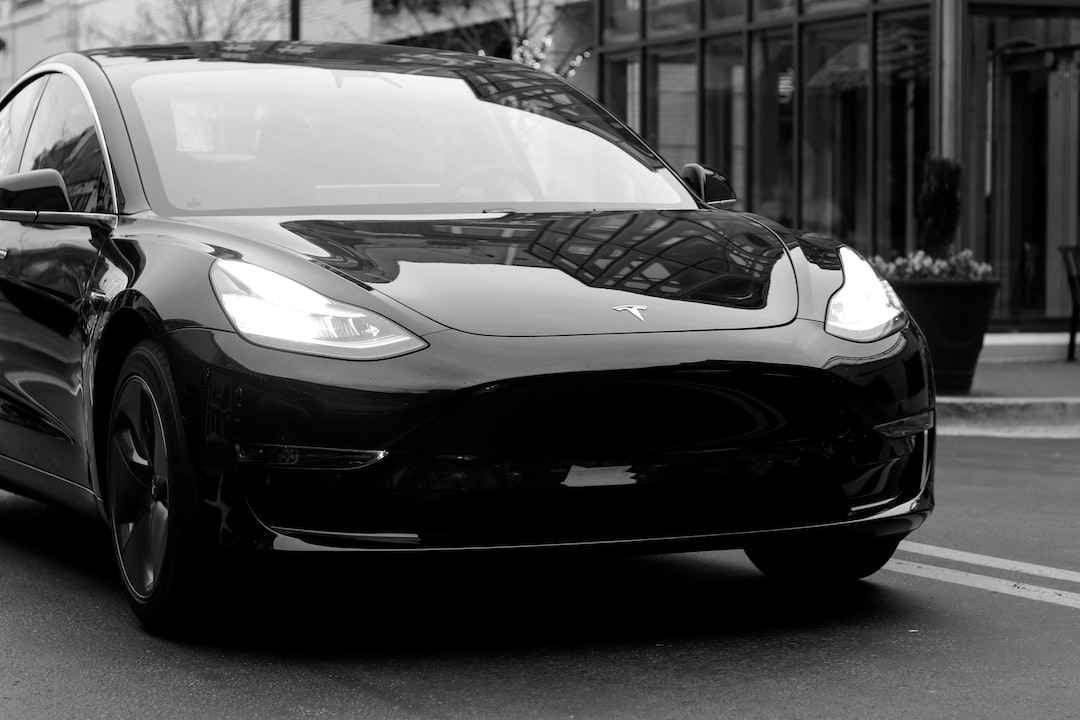Thank you for stopping by to read this article on WPHorde Testing Grounds! We’re delighted to have you with us and appreciate your time and effort and interest in our content. Your support is valuable to us, and we hope you found this story both captivating and pleasurable. Remember to check out more of our stories—we’re certain you’ll discover content that piques your curiosity. Again, thank you for being a part of the WPHorde Testing Grounds community!
Elon Musk LAUNCHES next-generation EV Propulsion System For 2024.
Future iterations of Tesla electric engines won’t contain any rare earth elements, the company announced at its annual investor conference in March 2023. It could mark a big shift in the design and sustainability of electric motors, given Tesla’s enormous market share in the EV (electric vehicle) industry. And so, recently, Tesla just disclosed its next generation electric motor. What could this be? Let’s find out in today’s episode!
Hello everyone! Welcome back to Elon Musk Evolution, where we bring you the most recent updates about Elon Musk and his multi-billion dollar companies, space exploration news and the latest science and technology.
But, before we begin, make sure you subscribe to our channel and click the bell icon so you don’t skip any of our amazing videos.
Early Tesla models, such as the original Model S and X, utilized induction motors, in which the rotor (the revolving portion of the motor) is enclosed in a copper or aluminum cage. With the introduction of the Model 3 in 2017, the use of a permanent magnet (PM) motor was implemented. With a PM motor, a magnetic field is created on the rotor using powerful magnets. The change to a PM design allowed for more efficiency and power density while still using an induction motor as its secondary drive unit (which provides boosts of acceleration when necessary). In 2022, PM motors would account for more than 80% of the market for EV motors, according to IDTechEx research.
The use of rare earths, specifically, in the manufacture of the magnets, is a drawback of PM motors. This category consists of expensive materials with a limited supply chain, such as neodymium and dysprosium. Since China produces the largest majority of the world’s goods, there has previously been price volatility. In 2011, China imposed export restrictions on rare earths, which resulted in a roughly 750% and 2000% price increase for neodymium and dysprosium, respectively.
BMW and Renault used a brushless rotor arrangement, whereas some manufacturers, including Audi and Mercedes, employed induction motors to allay PM worries. However, significant progress has been made to reduce these drawbacks. These designs are often heavier and less effective overall. However, it is still a PM motor, despite Tesla’s claims that their new motor will be rare earth free. PM motors’ rare earth content, notably the heavier rare earths, has been steadily decreased by some manufacturers, including Tesla. However, substitute magnetic materials such as magnets based on ferrite or other alloys are needed if they are to be rare earth-free. These often have magnetic fields that are far weaker, which results in motors that are less power-dense.
There are a few approaches Tesla could have used to make this switch, but it was probably a combination of advancements in magnetic alloys to increase field strength and expanding the motor to provide similar outputs while suffering a loss in power density, as drivers won’t notice unless it affects performance or cargo space.
The specifics of the new design and the materials employed won’t be known to us until a later time, but it will be interesting to see whether (and to what extent) the other of the EV market adopts it. If other automakers follow Tesla’s lead, there may be a significant change in the industry toward more environmentally friendly and less price-sensitive alternatives to rare earth magnets. Tesla’s decision to stop using rare earths alone may have an impact on overall demand.
Although it was not mentioned on Investor Day, we anticipate that ferrite, a well-established concept will most likely replace NdFeB in Tesla’s next-generation motor design.
#tesla motors, starship, tesla news, spacex starship, starship, spacex news, spacex news today, tesla news, tech, tech, musk, elon, rocket, interview with Elon Musk, new tech, high tech, corporate news, latest news, uncovered, spacex test, Tesla and SpaceX, spacex rocket, SpaceX’s Starship, spacex today, space x, motivational, speeches, talks, worldwide news, inspire, goals, success, talks, revealed, elon musk news, Latest from Elon Musk, Elon Musk’s motivation
► Copyright Disclaimer Under Section 107 of the Copyright Act 1976, allowance is made for “fair use” for purposes such as criticism, comment, news reporting, teaching, scholarship, and research. Fair use is a use permitted by copyright statute that might otherwise. Moreover, Elon Musk Evolution is an informative channel about Elon Musk and all the information on the site is the product of the script writer’s imagination.Viewer’s discretion is advised.
This post was originally published on Smell The Musk
Vid Automated – Create Videos with Automation and Picture.
Are you fed up of spending hours creating videos for your company? Take a look at Vid Automated! With our automation tool powered by the Pictory.AI video creator platform, which allows you to make professional-looking video in less time than it takes to do it manually. Just upload your video scripts in the form of a zip file and let Vid Automated do the rest. You’ll be amazed at how quickly and easily you can create engaging video content that can make your company stand out from the other businesses. Save time and boost your video marketing strategies with Vid Automated today!
Let Vid Automated and Pictory Create Your Videos While You Do What Is Important!
